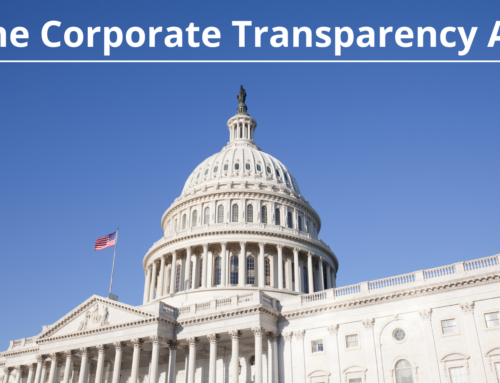What Small Business Owners Need to Know About the New Payment Protection Program
Many small business owners breathed a sigh of relief on Monday, December 22nd when Congress finally approved a new COVID-19 stimulus package. The measure had been stagnated for months by three stopgap spending bills, but bi-partisan support continued to grow to the point where the measure was finally passed just in time for the holidays. The new bill is intended to correct some of the problems that initial PPP borrowers had as well as present new opportunities for those who did not benefit from the first bill. Here are what both individuals and business owners need to know about the new program.
PPP Loans Will be Deductible
Previously, the IRS had issued a notice indicating that expenses paid for with PPP loans that were forgiven would not be tax deductible. The new bill clarifies that these funds are not taxable and that deductions for expenses will be allowed. Any advances from the Economic Injury Disaster Loan (EIDL) are also tax-free and expenses can be deducted.
Application Simplification
For those applying for loans under $150,000, the new rules will be much less complicated than with the first round of stimulus payments. With the new rules, those who are eligible only need to sign and submit a certification that proves how many employees the applicant was able to retain due to the loan, the amount of the loan that is spent on payroll costs, and an attestation that the applicant complied with the requirements to retain records for four years for employment records and three years for other types of records. This application should only be one page and available within 24 days of the bill being passed into law.
Eligible Types of Expenses
The new bills expands the expenses that are eligible for forgiveness from the first round of loans:
- Operations expenses. The new payments will cover expenditures for business software or cloud computing that facilitates operations, tracking of supplies, records, expenses, and inventory, product or service delivery, payment processing, sales and billing functions, and tracking payroll expenses or human resources.
- Property damage. Any costs related to vandalism, looting, or other property damage due to 2020 public disturbances will be covered if they were not previously covered by insurance or other forms of compensation.
- Supplier costs. If expenditures made to a supplier are deemed essential to the operations of the entity at the time they were made or made due to a contract or purchase order that was in effect any time before the covered period (or during the covered period for perishable goods), they will be covered.
- Worker protection. Any capital or operating expenditures that were made to comply with COVID-related requirements by the Centers for Disease Control, the Occupational Safety and Health Administration, Department of Health and Human Services, or state and local governments will be covered.
- Vision, dental, group life, and disability insurance can now be included in payroll costs.
The New PPP Loan
Those companies with fewer than 300 employees and that experienced at least a 25% drop in any quarter’s revenue from 2019 to 2020 will be eligible for funds through the new PPP program. The maximum loan amount can be calculated by multiplying average monthly payroll by 2.5. Those businesses in the food service industry can multiply their payroll by 3.5. The maximum loan amount is $2 million as opposed to the $10 million limit for the first round of PPP.
Expansion of Employee Retention Tax Credit
The original Employee Retention Tax Credit (ERTC) could not be used in conjunction with the PPP and employers had to have a business that was partially or completely suspected by a COVID-related government order or have gross receipts for 2020 that were at least 50% below the comparable quarter in 2019. The original credit was 50% of qualifying wages that were paid March 12, 2020-January 1, 2021 with a limit of $10,000.
The new bill lets business owners use the ERTC in conjunction with their PPP with the caveat it cannot be used for wages that were not paid with PPP funds. The credit is also increased to 70% of qualified wages and the time frame is expended to July 1, 2021. The bill also increases the eligible amount to $10,000 per quarter rather than in whole.
Second Round of Direct Stimulus Checks
The new bill also includes a second round of stimulus checks for individuals and families. The new direct checks will be $600 per adult and $600 per qualified child 17 years or younger. They are based on 2019 adjusted gross income and begin phasing out at $75,000 for individuals and $150,000 for married couples.
Other Provisions
In addition to the above, the new bill also makes the following provisions:
- The Federal pandemic unemployment insurance program will run through the middle of March and provide $300 weekly payments.
- Starting in 2021, business meals will be 100% deductible through 2022. Previously, there was a 50% limitation.
- Those who itemize deductions will be able to deduct medical expenses if they are more than 7.5% of their adjusted gross income, down from 10% previously.
- Those who do not itemize can deduct a $300 charitable contribution while married couples can deduct $600.
- The Work Opportunity Tax Credit has been extended through December 31, 2025.
If you have any questions about the new PPP guidelines and how they affect you either personally or as a business owner, please feel free to reach out to our team at Hayes & Associates. We’d be happy to help!





